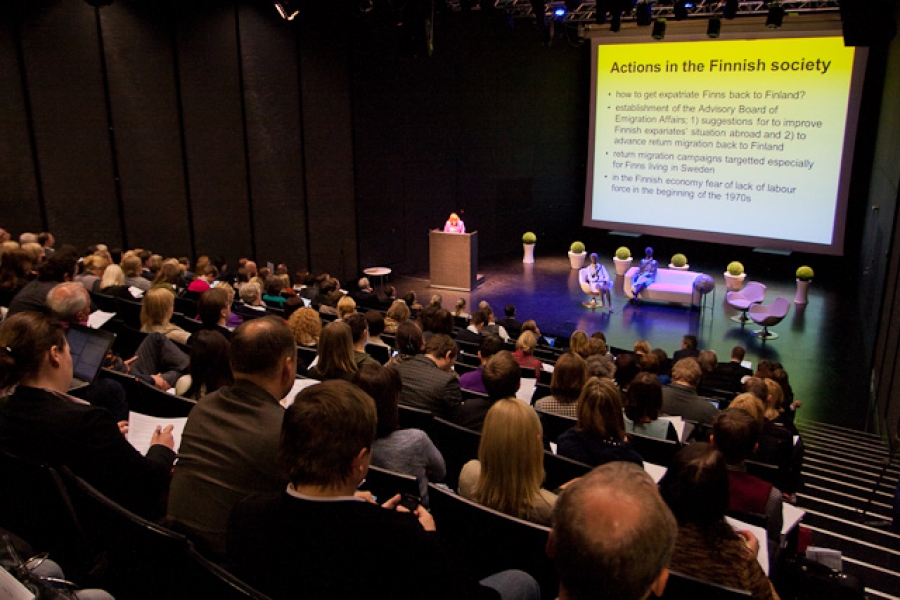Improved data and knowledge exchange on human development needed in Nordic-Baltic Region

“Migration and the movement of labour are contributing to the development of and cooperation between the Nordic countries and the Baltic States,” says Berth Sundström, Director of the Nordic Council of Ministers’ Office in Estonia. “This is very much a positive thing, but you have to recognise that if the movement is mostly in one direction, there’s the risk of a brain drain which could lead to long-term social and economic instability in the region. Not to mention the aging population and the impact of the financial crisis. The Nordic-Baltic region is so tightly connected that we can’t afford to ignore these threats. That’s why we’ve decided to initiate a project on migration and demographic challenges in the region.”
The starting event of the project was the ‘Migration and Demographic Challenges in the Nordic-Baltic Region’ conference on 7 & 8 March 2013 at Kumu Art Museum in Tallinn, Estonia. The aim of the conference was to bring together the results from a number of studies on migration and labour mobility in the Nordic countries and Baltic States. Researchers, experts and policy- and decision-makers gathered to exchange experiences and present key findings from recent studies in order to start shaping a common understanding in the region regarding migration and demographic challenges. Around 240 participants attended the two-day conference. The event also marked the start of the Swedish presidency of the Nordic Council of Ministers for 2013.
Opportunities and challenges
A common thread between the countries is the major changes that have taken place in the last 20 years in the Nordic-Baltic region and the different challenges the countries will face in the years to come. The Nordic countries emphasise both positive and negative aspects of migration. Migration and free movement of labour force are part of the Nordic mindset as well as the Nordic success story. In Sweden, migration has always been a fundamental element of the Swedish economy.
Migration does, however, bring with it challenges, as in Finland where the unemployment rate is considerably higher for foreign citizens than it is for locals. A current problem in Norway is how labour migrants from Eastern Europe have a peripheral position in the Norwegian economy. This fact has created increased segregation in society, and according to research there is little development over time. In Sweden, a current myth is how immigrants are taking local people’s jobs. Research has proven that this is not the case, and migration has little effect on the unemployment rate. Instead, the labour market quickly adapts to migration changes.
In recent years the Baltic States have experienced an immense increase in outward migration. Emigration in the last few years has mostly been due to accession to the European Union and the economic recession. The number one destination for Estonians is Finland, while labour migrants from Latvia and Lithuania are emigrating to English-speaking countries, mainly the United Kingdom and Ireland.
Measures for better policy-making concerning migration and labour mobility are key topics. Continue reading here.


